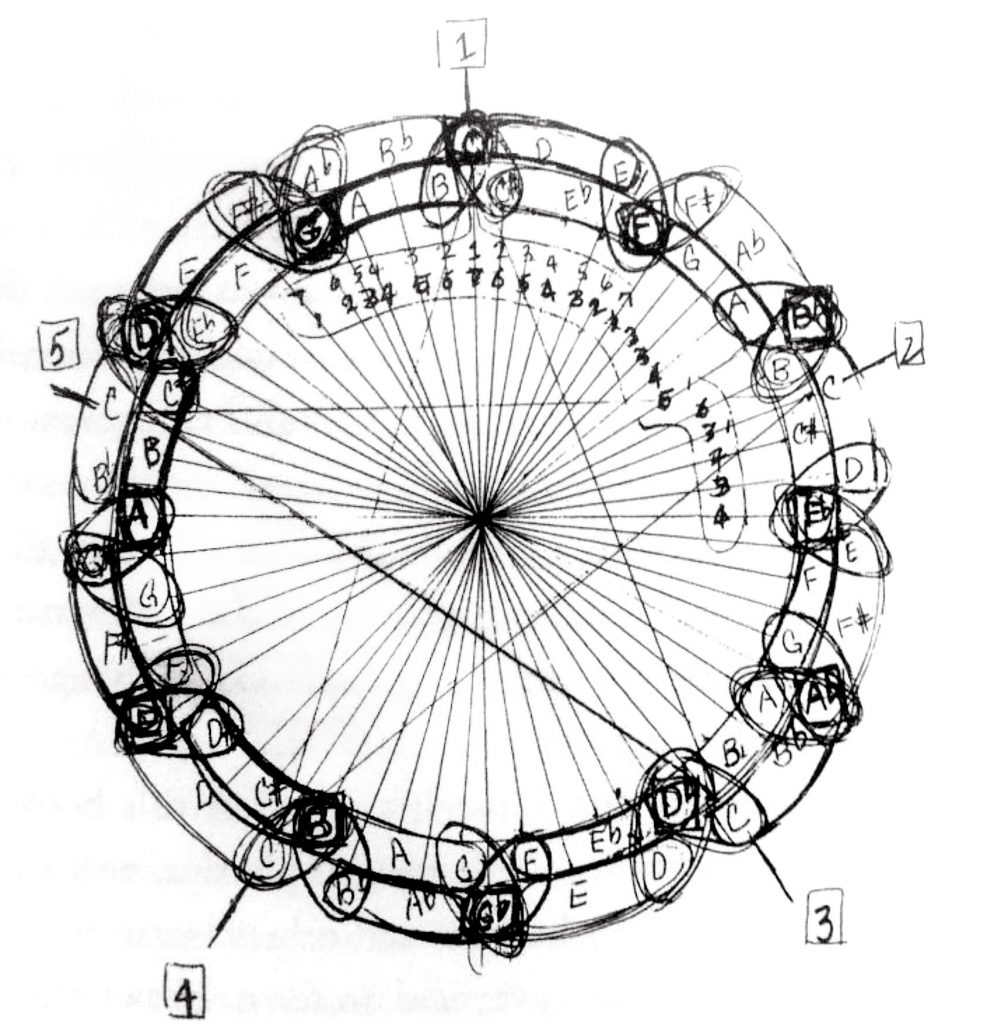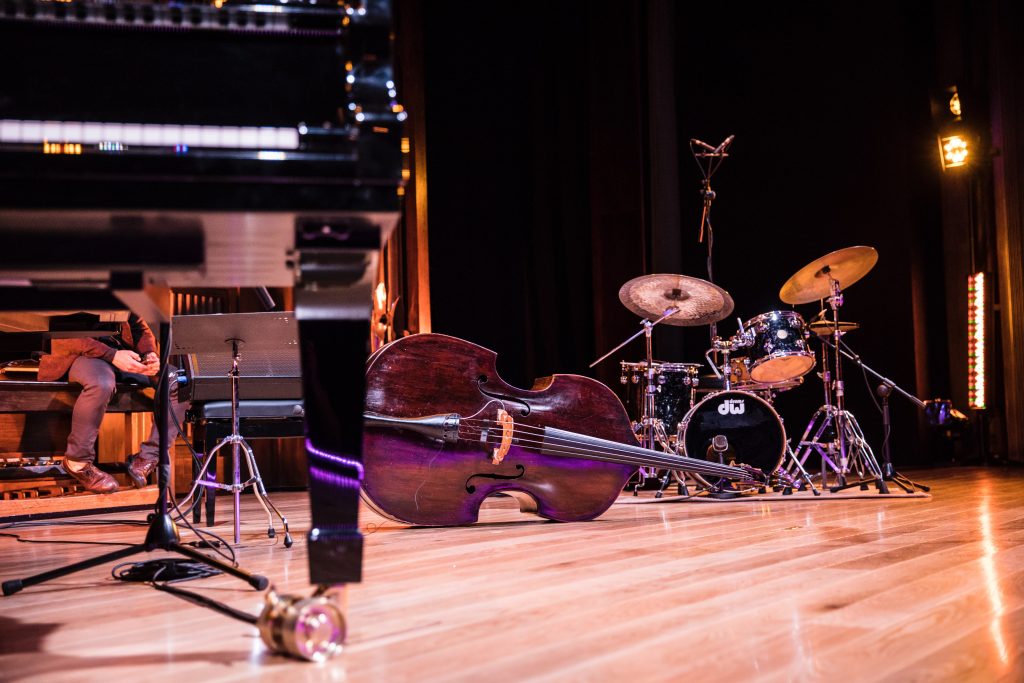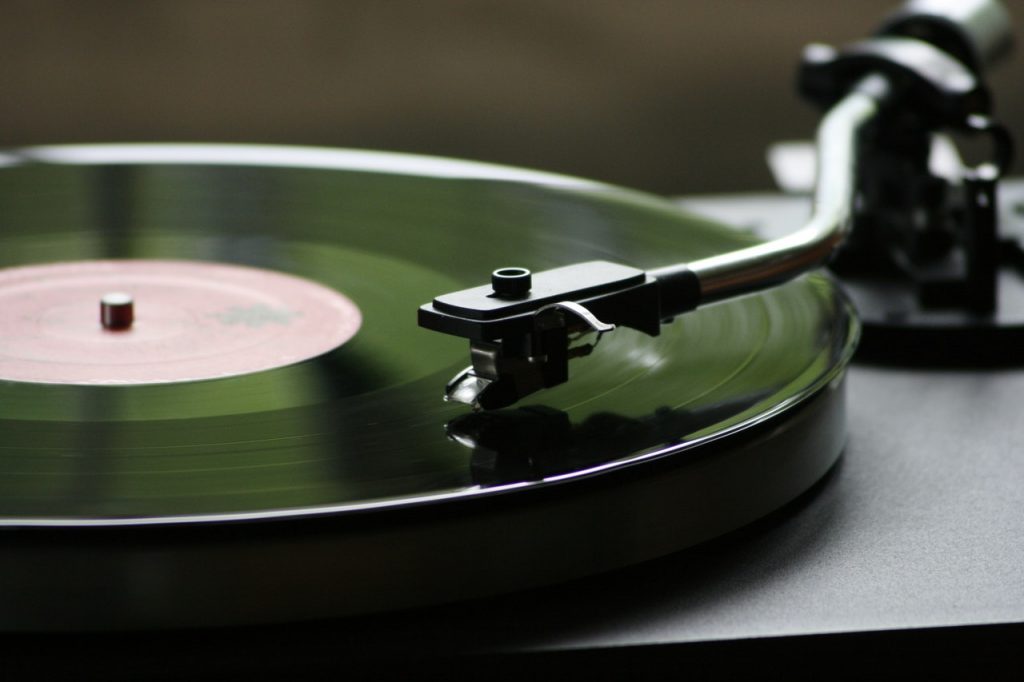In my work with new improvisers, I have found a handful of traits that many students have in common. The sum of these traits, I believe, combine to create a sound that defines the beginning improviser. Many new improvisers will exhibit one or more of these characteristics. Being able to identify these pitfalls in students’ playing and then guide them in a different direction will help put students on the path to playing more mature sounding solos.
Read More »Jazz Education
Creating Successful Solos with Beginning Improvisers
Improvising can be an intimidating task for students, especially when they’re new to the process. The idea of having unlimited options of what to play can be overwhelming. It’s like going to a restaurant and being handed a large menu in a language you don’t speak. How do you even begin to choose? By placing purposefully chosen limits and guidelines on students, teachers can make the process more approachable and give students the direction they need to start building successful improvised solos.
Read More »Museum Music
In the US, jazz is revered for its rich past and its great early innovators and personalities. These iconic musicians, mostly active from the 1920s-60s, are still the face of jazz today. Our jazz education system devotes great effort to teaching the music of these greats, but in doing so often neglects the music and contributions of the musicians, composers, and innovators of the more recent past and today. Combine this with jazz radio’s similar focus on the music’s early greats and the songbook of jazz standards, and jazz unsurprisingly declines in popularity with younger demographics. By overfocusing on the music’s early years and neglecting the present, educators are failing students by presenting jazz as museum music, something curious from the past to admire but which has little relevance to our lives today.
Read More »How Free Improvisation Benefits Playing Over Changes
When teaching improvisation, so much of the focus goes into harmony. Which chord tones sound best? How can we connect one chord to the next? How many ii-V-I licks can you come up with? Can you learn those licks in all twelve keys? We can spend so much time and effort addressing harmonic approaches that we sometimes lose sight of other very important aspects of improvising, notably playing melodically and expressively.
Beyond Harmony: The Many Benefits of Transcriptions
One common practice for both working jazz musicians and jazz students alike is to transcribe solos. Transcriptions can be very beneficial. Most commonly, students are told that transcriptions are helpful in that they help develop harmonic knowledge. To be sure, learning how great soloists negotiate harmony is very important and beneficial to our students’ improvising. If we think about transcription simply as a means to develop harmonic language, though, we’re really selling the process short.




